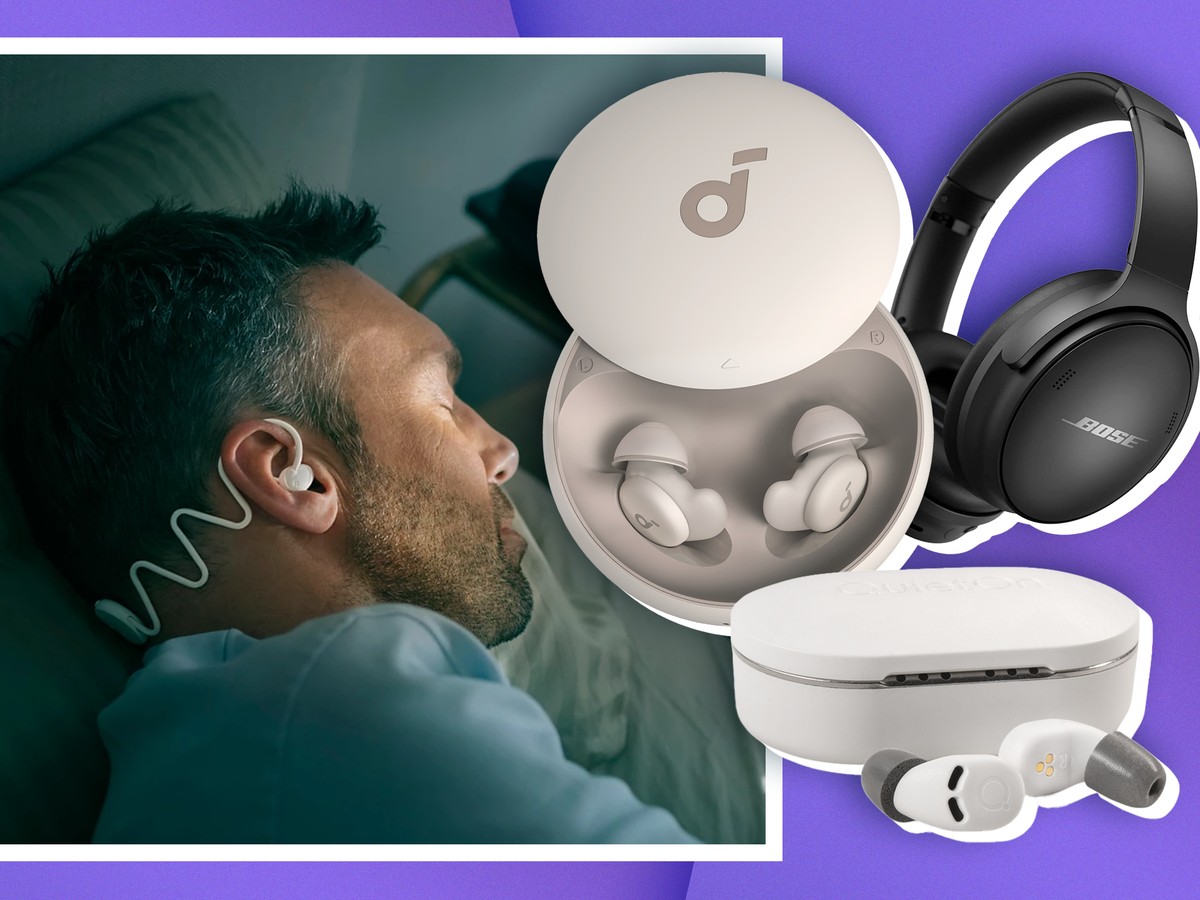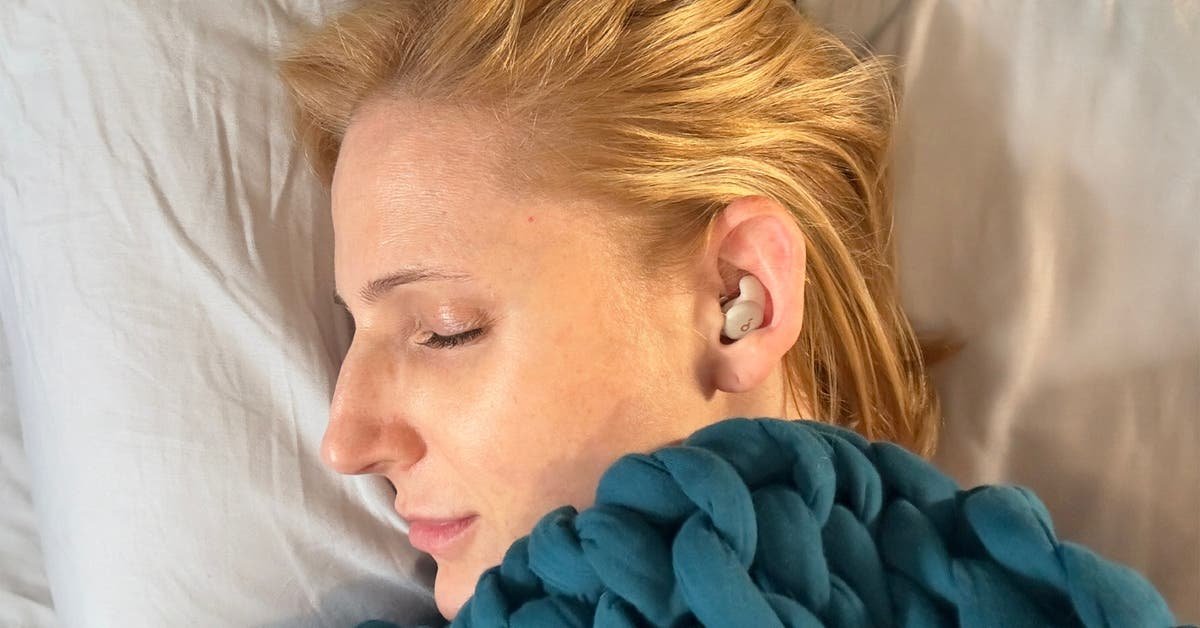Sleep Aid Headset Effectiveness: Proven Science & User Results

Let’s face it—if you’re still tossing and turning, counting sheep, or doomscrolling at 2 a.m., you’re not alone. Modern life is wired (and tired). But what if slipping on a soft, brain-reading headset could help you drift into deep, restorative sleep without pills, melatonin, or blackout curtains?
At NeuroTechInsider.com, we cut through the noise (literally) with in-depth, human-tested reviews of cutting-edge non-invasive sleep and neurostimulation tech. And right now? Sleep aid headsets are having their moment.
Let’s break down the real science, user results, and what these futuristic devices actually do.
What Are Sleep Aid Headsets?
Sleep aid headsets are wearable devices engineered to help your brain chill out and fall asleep—faster. Most combine:
- Sound therapy: White noise, pink noise, guided meditations, ambient music
- Noise masking: Cancel out snoring, traffic, or your neighbor’s TV habits
- EEG brainwave monitoring: Advanced models track your sleep in real-time
They’re like a therapist, sleep lab, and sound spa rolled into one soft wearable. And for many, they’re an effective, drug-free alternative to sleep meds.
“The goal isn’t just sleep—it’s deep, regenerative rest without side effects.”
— NeuroTechInsider.com Testing Team
Popular models in this space include:
But do they actually work? Let’s get into the science.
How Do Sleep Headsets Work?
Sleep headsets use a combo of audio stimulation and biosensors to gently nudge your brain toward sleep. Here’s how:
1. Sound Therapy & Noise Masking
Some headsets pump calming audio directly into your ears via embedded speakers or bone conduction. Think:
- White/pink/brown noise
- Ocean waves or rainfall loops
- Breath-paced meditation
This helps block disruptive sounds and triggers your parasympathetic “rest-and-digest” system. Especially effective for:
- City dwellers
- Shift workers
- Couples with mismatched sleep patterns

2. Brainwave Monitoring & Real-Time Feedback
Advanced headsets (like the Earable or Muse S) go next-level with EEG sensors. They monitor your brain’s electrical signals to detect when you’re:
- In light sleep
- Approaching deep (slow-wave) sleep
- About to wake up
These headsets can then adjust audio in real-time to nudge your brain deeper into the sleep cycle—this is called closed-loop acoustic stimulation.

Scientific Evidence: Do They Actually Work?
Falling Asleep Faster (Backed by Clinical Trials)
Studies on EEG-based headsets show users fall asleep up to 24 minutes faster compared to control groups using no stimulation. The closed-loop tech helps lower brain arousal levels, calming the mind quickly and naturally.
According to a randomized clinical trial on sleep onset latency using acoustic stimulation, the brain responds best when sounds are timed precisely to your neural activity.
Improved Sleep Quality & Daytime Alertness
Users report more restful sleep, less grogginess in the morning, and reduced nighttime awakenings—especially those using noise-masking headsets like Bose or Kokoon. Devices like the Earable headband also provide next-day insights into your sleep cycles.
Peer-reviewed studies published in the Journal of Clinical Sleep Medicine validate these subjective reports with EEG data.
Stress & Anxiety Reduction
According to the Harvard Health Blog, consistent sleep routines aided by ambient noise can help reduce cortisol levels and increase melatonin production. That means deeper sleep and calmer mornings.
User Experience: What People Really Say
Comfort & Wearability

Look—we’ve tested dozens of these, and comfort matters. The best headsets use memory foam, lightweight frames, and breathable fabrics. Our testers could roll over, side-sleep, even toss a bit—without painful pressure on the ears or forehead.
Real users consistently rated Bose Sleepbuds and Muse S as the most comfortable for full-night wear. Check out our full comparison chart.
Non-Pharmaceutical & Travel-Friendly
- No prescriptions, no next-day grogginess
- Safe to use every night
- Compact enough for travel or long flights
If you’re trying to get off sleep meds, these headsets can be a game-changer.
Are Sleep Headsets Right for Everyone?
While the benefits are real, not every user will experience the same results. Like all biohacking and neurotech tools, individual responsiveness can vary based on sleep habits, mental state, and environmental factors.
What They’re Great For:
- Light sleepers constantly disturbed by snoring or city noise
- People with mild to moderate insomnia who want to avoid sleeping pills
- Frequent travelers or shift workers who need to adjust circadian rhythms
- High-stress professionals looking for a cognitive edge via better rest
When They May Not Be Enough:
If you’re dealing with chronic sleep disorders like sleep apnea, severe depression, or parasomnias, sleep aid headsets can support—but not replace—medical treatment. Always consult a healthcare provider if symptoms persist.
“Sleep tech isn’t magic—but it can be your secret weapon for optimizing performance and emotional balance.”
— NeuroTechInsider Sleep Lab
Top Sleep Headsets in 2025: A Quick Comparison
We’ve tested over a dozen devices across comfort, data accuracy, usability, and sound quality. Here’s a breakdown of the top contenders:
| Device | Main Features | EEG Tracking | Price Range | Best For |
|---|---|---|---|---|
| Earable | EEG, AI-guided audio, real-time tracking | ✔️ | $ | Deep sleep optimization |
| Bose Sleepbuds | Noise masking, ultra-light earbuds | ❌ | $ | Noise-prone environments |
| Muse S Gen 2 | Meditation + EEG sleep tracking | ✔️ | $ | Biofeedback & sleep recovery |
For more comparisons, read our complete 2025 Sleep Tech Buyer’s Guide.
Final Verdict: Do Sleep Aid Headsets Really Work?
In short? Yes—**for most users, sleep aid headsets deliver measurable improvements** in how fast you fall asleep, how well you stay asleep, and how rested you feel in the morning.
Backed by real-world user experiences, clinical studies, and next-gen EEG integrations, they’re one of the most exciting advancements in non-pharmacological sleep support today.
If you’re struggling with poor sleep due to stress, noise, irregular hours, or burnout, investing in a quality sleep headset might just change your nights—and your days.
And if you want the most scientifically validated breakdowns of all the best wearable neurotech on the market, follow us at NeuroTechInsider.com. We test, we track, we tell it straight.
FAQs: Sleep Aid Headsets
Can sleep headsets replace sleeping pills?
Not entirely. They offer a **non-pharmaceutical alternative** for mild-to-moderate sleep issues, but may not replace prescription meds for chronic insomnia or neurological sleep disorders. Always consult your doctor for long-term sleep issues.
Are sleep headsets safe to wear all night?
Yes—most are built with **hypoallergenic materials** and soft-fitting designs made specifically for overnight use. Just make sure to follow the manufacturer’s guidelines for care and battery charging.
Do they work for snoring or noisy partners?
Absolutely. Devices like Bose Sleepbuds or Kokoon Nightbuds are made to **mask ambient disruptions** like snoring, traffic, or apartment noise.
Do I need an EEG-based headset to improve sleep?
No, but EEG models like Earable or Muse S can give you **deeper data** on your sleep stages, helping you optimize habits and identify patterns over time.
Want More Data-Driven Sleep Tech Reviews?
We’re just getting started. Explore our deep dives into wearables like NeuroVIZR, Apollo Neuro, and Audicin—covering everything from **vagus nerve stimulation** to **CES headsets**, **40Hz light sound therapy**, and more.
At NeuroTechInsider.com, we’re your hub for decoding what works, what’s hype, and what’s worth your money. No pills. No fluff. Just real tools to help you sleep deeper, think sharper, and feel better.
https://cdn.thewirecutter.com/wp-content/media/2024/10/sleep-headphones-2048px-A20testing-1.jpg?auto=webp&quality=75&crop=1.91:1&width=1200
